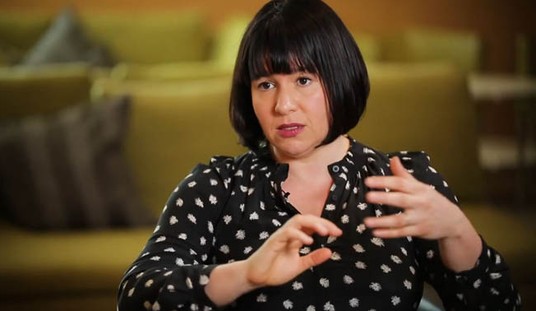The fight over statehood for the District of Columbia has been going on for as long as most you can probably remember. And in all that time, nothing has come of it. While DC residents do have some non-voting voices in the House, they don’t have full membership in the democracy club, leading to cries of taxation without representation. But what to do about it? The Constitution specifically sets aside room (up to ten miles square) for a federal capital and specifies that it will fall under the control of the federal government. Just converting the whole joint to a state is problematic at best.
But maybe there’s a better way, and one that we’ve known should be possible for many years. At Outside the Beltway, Doug Mataconis looks at a proposal from the WaPo’s Charles Lane that’s receiving a fresh round of attention. It doesn’t involve anyone seceding from the union. And if you can’t (or just don’t want to) create a 51st state out of DC, how about we give the land where the voters live (not the land where the government buildings are) back to Maryland in an act of retrocession?
It is an anomaly both patent and easy, so easy, to solve. The answer is right there in Douglass County, Md.
To save you some Googling time: Douglass County is not a real place — yet. Rather, it is the new jurisdiction that would be created by returning the residential portions of the District to Maryland, a process known as “retrocession,” conceived by third-generation Washingtonian and policy gadfly David Krucoff.
The genius of Krucoff’s plan is to sidestep all the difficulties, political and constitutional, of creating a new state, or state equivalent, out of the District, and instead to simply allow its people to share the representation Maryland already has.
As Doug goes on to point out, there’s no issue with the constitutional legality of retrocession, particularly when it comes to the DC area. That’s because we already did it in 1847, so the precedent already exists.
Retrocession would not be an unprecedented action, specifically with regard to the Federal District. When the District of Columbia was first formed during the Washington Administration, it included land from both Maryland and Virginia. However, it was understood at the time the Federal Government itself would be based in that part of the land made up of the portion of land ceded to the Federal Government by Maryland. The Virginia portion, meanwhile, would have presumably become land for residential and business development.
Before that could occur, though, the Federal Government concluded that it did not need the land that Virginia had ceded for its contribution to the Federal District. As a result, in 1847, the United States returned Virginia’s portion of the Federal District. That area now includes the majority of Arlington County, which has become a metropolitan area all its own as well as the home to some 235,000 people and the location of employment for tens of thousands of more people.
Maryland has previously raised objections about taking the land back, largely because of the costs involved in absorbing some low-income areas and all the various state functions currently covered by Washington. But that area has grown so affluent in recent decades that Maryland would likely be cashing in.
So will it happen? Color me doubtful because of politics. Democrats will certainly fight this tooth and claw because it doesn’t achieve the actual goal many of them have around the country for a DC statehood project. Republicans would probably be (mostly) okay with this retrocession plan because it wouldn’t impact that Senate and would likely only add one more blue House seat in the already blue state of Maryland.
That’s precisely why Democrats will oppose it. The real goal for most of them who don’t actually live in the District has nothing to do with providing proper representation to the District’s voters. What they really want is to create a new state with not only one House member but two new Senators who would all automatically wind up being Democrats given the area’s current ideological leanings. That’s a huge shift in their directions. Offering them one more Maryland House seat to fight over is less than half a fig.
That’s a shame because DC residents do have some legitimate complaints in this matter. And it’s additionally ironic that the party of choice for most of those voters is the one that will most likely strangle this very achievable solution in its cradle.








Join the conversation as a VIP Member